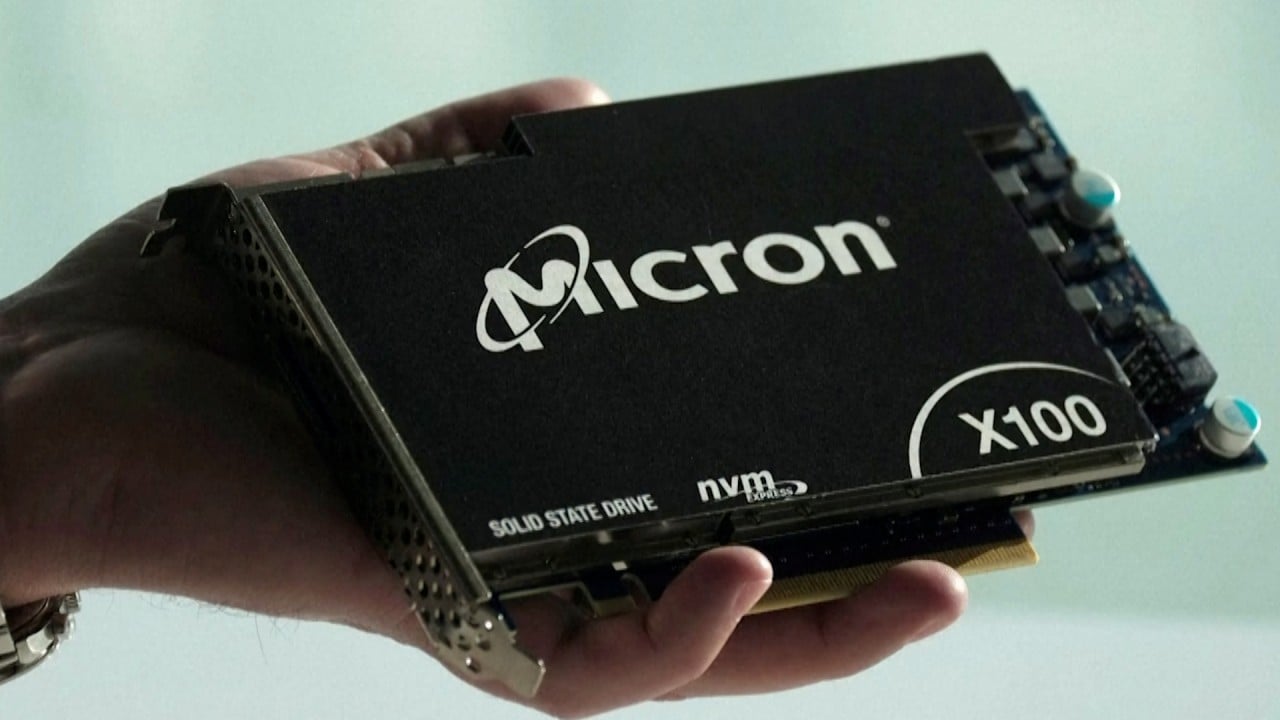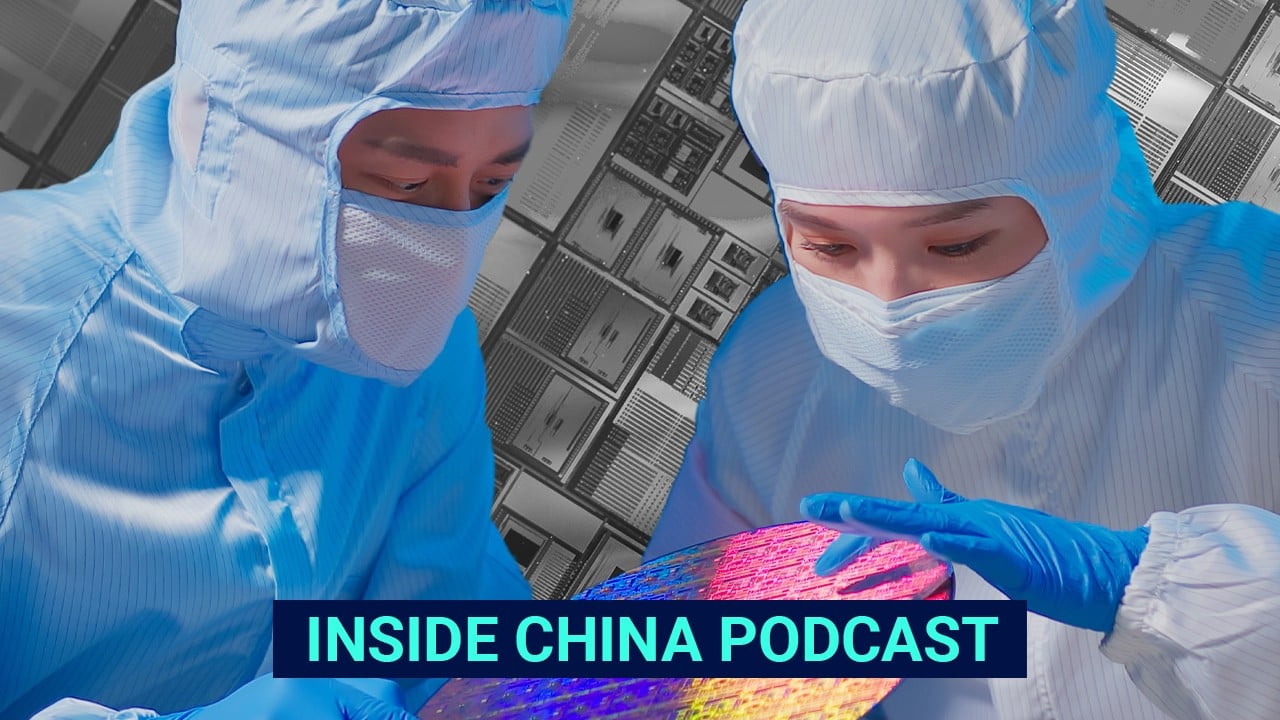
Chinese scientists find a way to mass-produce optical chips that the US cannot sanction
- Researchers developed a technique that uses a low-cost material – lithium tantalate – that is already being used to make smartphone components
- The technique could help the country get round a series of US curbs designed to restrict its access to advanced chip technology
Chinese scientists have created a low-cost method to mass-produce optical chips that are used in supercomputers and data centres, helping to reduce the impact of US sanctions.
The chips, or photonic integrated circuits (PIC), use photons – particles of light – to process and transmit information.
They typically contain hundreds of photonic components and are primarily used in fibre optic communications or photonic computing, an emerging technology, to improve transmission speeds and reduce energy consumption.
PICs can be made using various materials, including lithium niobate, which is known for its excellent properties in converting electronic data into photonic information, an essential part of the electro-optical conversion process.
“However, industrial use of this technology is hindered by the high cost per wafer and the limited wafer size,” according to Ou Xin, a professor at the Shanghai Institute of Microsystem and Information Technology, and Tobias Kippenberg from the Swiss Federal Institute of Technology Lausanne.
The pair published their findings in a paper published in the journal Nature on Wednesday.
Ou’s team at the National Key Laboratory of Materials for Integrated Circuits opted for an alternative semiconductor material, lithium tantalate (LiTaO3), which performs better than lithium niobate and allows for low-cost mass production due to a fabrication process more akin to commercialised silicon methods.
The lower costs are driven by demand from consumer electronics companies.
“Lithium tantalate has already been commercially adopted for 5G radiofrequency filters [used in smartphones] and offers scalable manufacturing at low costs. and it has equal, and in some cases superior, properties to lithium niobate,” the paper said.
As with electronic integrated circuits, the fabrication of PICs involves patterning the wafers using lithographic techniques followed by etching and material deposition. The team developed compatible processing technologies for lithium tantalate wafers.
Using a deep ultraviolet stepper-based manufacturing process, the team showed that lithium tantalate could be etched to create low-loss PICs, which the researchers believe could also be used in precision measurement and laser imaging detection and ranging.
The technique could help China to reduce the impact of curbs – which included export controls and sanctions targeting institutions – imposed by the United States and some of its key allies to restrict China’s access to advanced chips and manufacturing equipment.
Novel Si Integration Technology, a start-up created by the Shanghai institute, already has the capacity to mass-produce 8-inch wafers with the new material and has developed commercially viable micromanufacturing methods, providing a material basis for domestic optical and radiofrequency chips, according to a recent report by the state-owned China News Service.
“Our work paves the way for the scalable manufacture of low-cost and large-volume next-generation electro-optical PICs,” Ou said, underscoring the potential of lithium tantalate in wireless applications.



